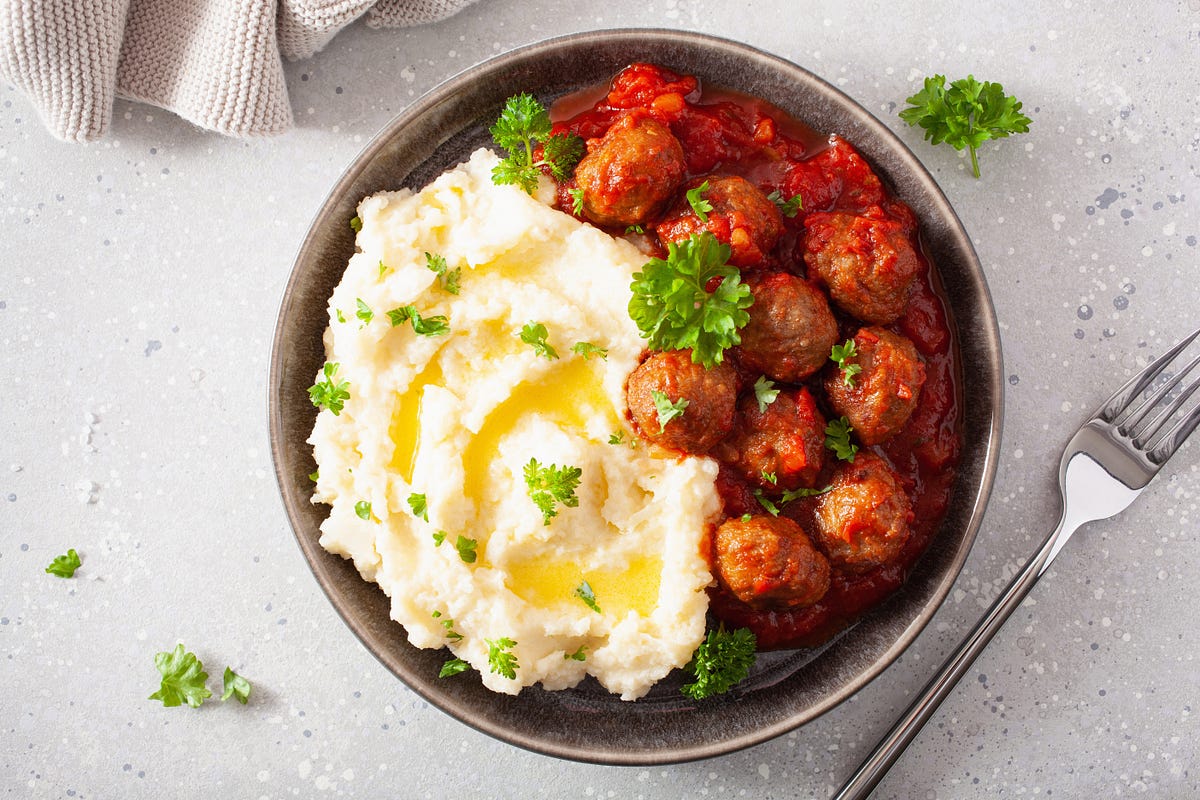When it comes to choosing a diet, the many options can be overwhelming. Each diet claims to offer numerous health benefits and success stories, leaving people confused about which one is the best. In this article, we’ll compare the keto diet to the paleo and low-carb diets, looking at their pros and cons based on the required amounts of fats, proteins, and carbs. While we lean towards the keto diet, the ultimate decision is yours.
Nutrient Breakdown
1. Keto Diet:
– Fats: 75%
– Proteins: 20%
– Carbs: 5%
2. Paleo Diet:
– Fats: 20%
– Proteins: 40%
– Carbs: 40%
3. Low Carb Diet:
– Fats: 50%
– Proteins: 40%
– Carbs: 10%
Now, let’s explore how each diet affects the body.
Body’s Response to the Diets:
1. Keto Diet:
– Puts your body in ketosis in about 5 days.
– In ketosis, your body uses ketones for energy, leading to clean energy and increased mental clarity.
– Maintaining low and stable blood sugar levels is crucial for staying in ketosis.
2. Low Carb Diet:
– High in fats (50%) and proteins (40%) but may not achieve ketosis with 10% carbs.
– Monitoring carb levels is crucial to avoid shifts in blood sugar that might hinder ketosis.
– Using a ketone meter may be needed to confirm ketosis.
3. Paleo Diet:
– Emphasizes meat and protein.
– Too much protein may lead to insulin release and potential weight gain.
– Achieving ketosis with 40% carbs may require intermittent fasting.
The Keto Diet: From Epilepsy Treatment to Weight Loss
The keto diet wasn’t first made for losing weight or getting healthy. Back in the early 1900s, it was created as a special diet to help treat epilepsy, especially in kids.
The keto diet is all about eating lots of fats, a good amount of protein, and very few carbs. This way of eating puts your body into a state called ketosis, where it burns fat for energy instead of using carbs. This was found to be helpful in controlling seizures for some people with epilepsy.
Although doctors later started using medicines to treat epilepsy instead, the keto diet has become popular again in recent years. Now, people follow it not just for medical reasons but also to help with weight loss, manage diabetes, and improve mental clarity.
Conclusion
Choose a diet that aligns with your goals. If you want to lose weight quickly and enjoy fatty foods, the keto diet is a good option. It offers benefits like reduced inflammation, improved cholesterol levels, and disease prevention. Your body becomes adapted to burning fat, providing continuous energy. The simplicity of the keto diet, focused on eating fats and minimal carbs, makes it an easy choice. In contrast, the paleo diet, though rich in protein, may pose challenges with weight management. In conclusion, the keto diet stands out as a comprehensive and effective choice, offering tasty meals without the difficulties associated with more demanding diets.
Source link

